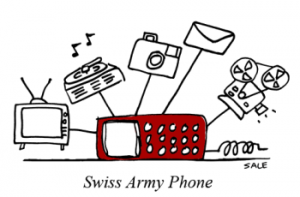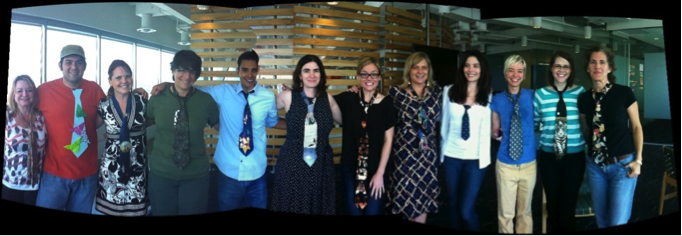In the previous post we talked about utilizing your culture to ignite enthusiasm in your employees. Let’s get into three key opportunities I see as critical to accomplishing this goal through recruitment, onboarding and continued career development.
First, I’m a big fan of just putting it out there. Be authentic. Through all of your recruitment efforts speak about not only the skill requirements, but also the qualities needed for success at your organization. Be honest about expectations from the beginning. Tell your company story. More importantly, have other employees—other company enthusiasts—tell the story for you. Give candidates the opportunity to interview you. Let them talk with others on their potential team or department. Make this part of your recruitment process. Our economy has not yet fully recovered, but it is recovering—and talent placement and retention is going to become more competitive. As such, you need to take every advantage. Genuinely being able to set your organization apart based on your culture is a huge plus. Beyond just getting the hire, you’re setting this employee up for greater success in the long-run because you’ve kept the organization in its entirety in mind. Again, you’re hiring in addition to a specific skill set. You’re also looking to make a culture match.
From the beginning at SicolaMartin, we would talk about Mars and Martians. We’d talk about summer days and being a best place to work. We’d give tours to candidates and let them meet lots of people. We may take them to lunch. We may meet for drinks. It does take time. And it is an investment, but it can pay off. We had an average tenure of 7.5 years. The average in the advertising industry is a little less than two. Two years is all most in our field get out of talent. I wanted us to be an exception. We were an exception. We had an attrition rate of less than 5%. This came from my strategic goal of making SicolaMartin a career destination for really smart, really creative people. And I would tell everyone who came on board that it was a commitment I’d make.
The next step in creating culture enthusiasts is to onboard all new employees with a consistent company message. I would take new hires through a two-day orientation. Not training… training comes from the departments and teams and that goes on quite a bit longer than two days. But we would specifically orient for two days. All teams, all managers know they don’t get their employee until orientation is complete. Included in this process, of course, is all of the paperwork, policy overview and benefit information that HR has to do. But that’s not the meat of it. What’s more important is that we’d take every new hire through the “great 8”. It’s an eight-slide presentation that sets the foundation for “making the complex compelling.” It’s a capabilities presentation, one that we would give to new clients, and so every Martian on day one could tell that story. We’d go through the history of SicolaMartin. We’d talk about our leadership and our departmental organization. We’d define our recognition programs, get them enthusiastic about receiving an award and let them know how to nominate their co-workers. We’d talk about our communication channels—like our blog, our twitter and FB feeds, our intranet, staff and department meetings. We’d discuss schedules and expectations. We’d review the performance planning process. And every new hire would sit down with our Leadership Team. They’d sit down with representatives of every department. Every department. Because every agency, every company’s process is a bit different and we wanted to educate from day one on how we operate. There are several benefits to this: 1) we’re setting the employee up for success. They are going to know how to do their job. 2) Because of that, there aren’t any excuses. Sure, there’s a learning curve, but we’re decreasing it exponentially. 3)By placing current employees in the position of representing SicolaMartin, and specifically their department, to new hires, they are organically becoming company enthusiasts. Yes, you have to keep your company in mind and, granted, you may have to scale this, but it can work. Think about how this type of submersion orientation may benefit your company.
Ok, so you’ve hired with your culture in mind and you’ve fully saturated them with your company story, now comes the follow though. You have to do all the things you’ve promised. You have to be who you said you are. Education is going to be crucial. Continued training through the department, ongoing performance conversations with managers, outside development opportunities to build skill sets. And theseare important, not just for those recently hired, but for all employees. I would argue they’re even more critical for those that have been with the company for an extended time. Don’t lose sight of your super stars. Don’t get complacent. If you are enthusiastic about them, they will continue to be enthusiastic about you.
I know you all can agree with me that this is good practice. But will all of your management teams agree with me? And that’s the trick, I know. Getting your leadership on board with these practices. Next, I’ll conclude with some statistics that may surprise you and help you impress your boss.
Originally published February 8, 2012, on sicolamartin.com



